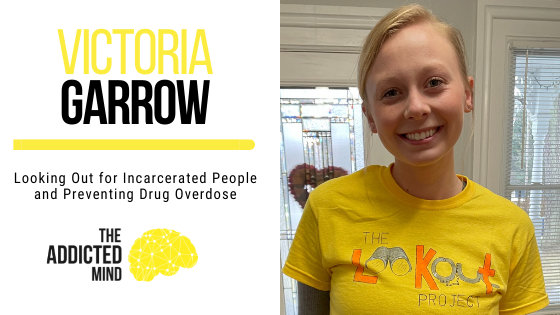Did you know that in some states, in two weeks after someone is released from incarceration, they are up to 127 times more likely to die of a drug overdose than the general population? On top of that, over two-thirds of people incarcerated are struggling with substance use disorders.
This big overlap is explained by Victoria Garrow, one of the founders of The Lookout Project, a nonprofit geared towards educating people about overdose prevention.
Why People Coming Out of Incarceration Are Vulnerable to Drug Overdose
After people are incarcerated, drugs are leaving their system and they’re forced into detox. Through that process, their tolerance is dropping way down. Additionally, they’re also not receiving proper addiction treatment while incarcerated.
Hence, while the addiction problem is still present, their tolerance is way low. And so, once the person will go use the same drug they might have used before and because they’ve had a period of forced abstinence, that same amount that they used before is now toxic to their body. The opioids are now filling up the brain.
How Narcan Helps
Once the opioid receptors in the brain are full, it halts breathing. Narcan is a prescribed medicine used to reverse opioid overdose. Also known as Naloxone being its generic name, Narcan is just about the size of a palm. When someone is overdosing, simply put it on someone else’s nose and push the little plunger. This allows the opioids to be pushed out of the receptors thereby allowing for breathing to return again.
The Harm Reduction Approach to Treatment and Recovery
Recovery is any positive step towards change and improvement in one’s life. And that could mean even just testing your drugs and using clean needles and making sure you have Narcan with you.
The antithesis of treatment is isolation. We saw it during the COVID-19 pandemic when many people were dying of overdoses and the rate of addiction was escalating – mainly because they were completely alone.
Through these harm reduction approaches, more people can get access to services despite using drugs.
This allows for human interaction, kindness, and connection, thereby, taking away some of the stigma surrounding drug use and welcoming people who use drugs into a space that lets them feel they deserve to be alive.
If you want to learn more about the harm reduction approach to addiction treatment and recovery, check out https://theaddictedmind.com/183.

